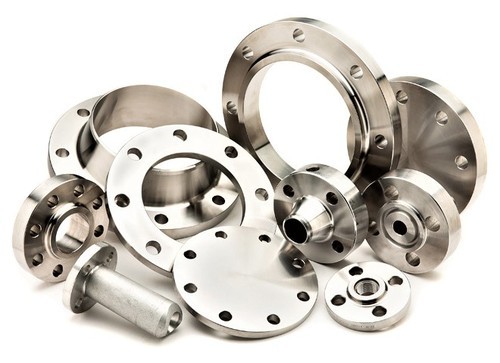Stainless Steel Flanges
Stainless steel flanges are mechanical components used to connect pipes, valves, pumps, and other equipment in piping systems. They provide easy access for inspection, cleaning, and modification of the piping system. Flanges are usually welded or screwed onto the pipe end and come in various shapes and sizes to suit different requirements.
-
Pressure Ratings: Stainless steel flanges are available in various pressure ratings to accommodate different applications. The pressure rating depends on factors such as flange material, design, and temperature.
-
Sizes: Flanges come in a range of sizes to fit different pipe diameters and pressure requirements. Common sizes range from 1/2 inch to 24 inches or larger.
-
Standards: Flanges are manufactured according to various standards such as ANSI/ASME, API, DIN, BS, and JIS. These standards define the dimensions, materials, and testing requirements for flanges.
-
Applications: Stainless steel flanges find applications in various industries including oil and gas, chemical processing, water treatment, food and beverage, pharmaceuticals, and power generation.
-
Installation: Proper installation of flanges is crucial for ensuring the integrity and performance of the piping system. Flanges should be tightened to the specified torque using appropriate bolts and gaskets to prevent leakage.
-
Corrosion Resistance: One of the primary advantages of stainless steel flanges is their resistance to corrosion, which makes them suitable for use in corrosive

